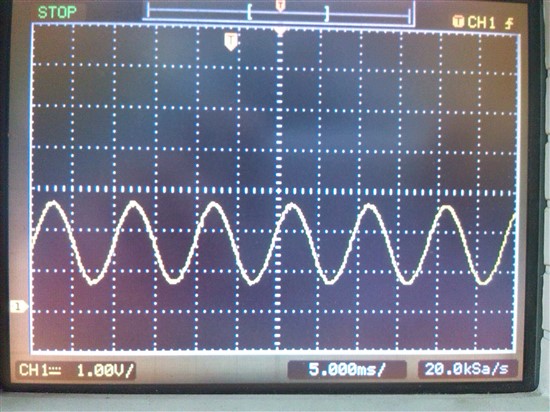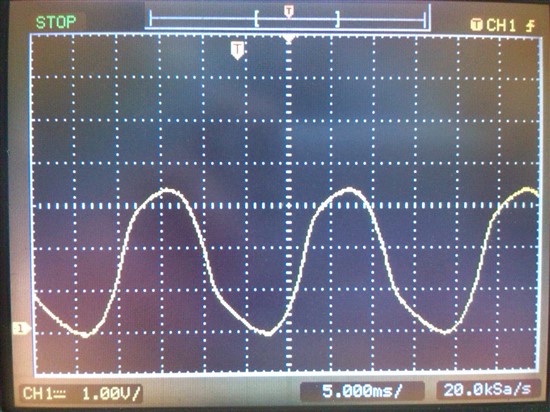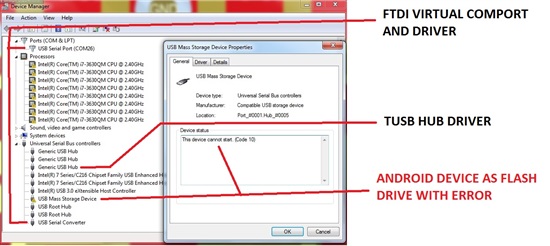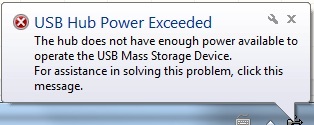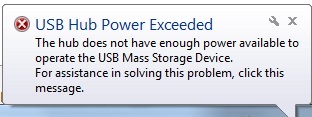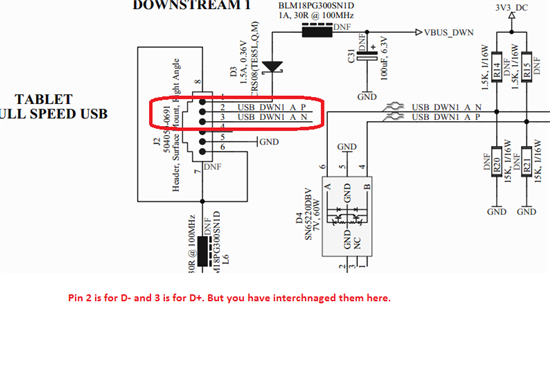Hi,
I am using the TUSB2046B 4 port hub.
Getting the message "USB not recognized".
I am using 2 of the ports. Please see 5 page schematics attached.
I have the 1.5K pull up on DP0 fitted with the 1 x 27pF cap to GND for DP0 and DM0.
I have 15K pull downs on DP1, DM1, DP3, DM1 and also the 27pF caps to GND for all these.
Please assist



